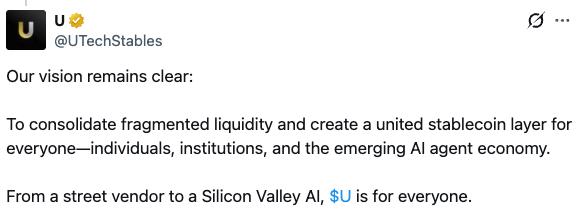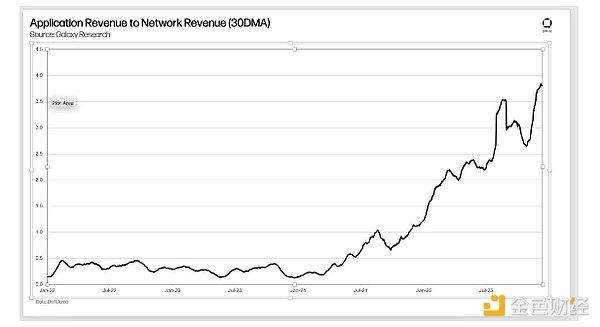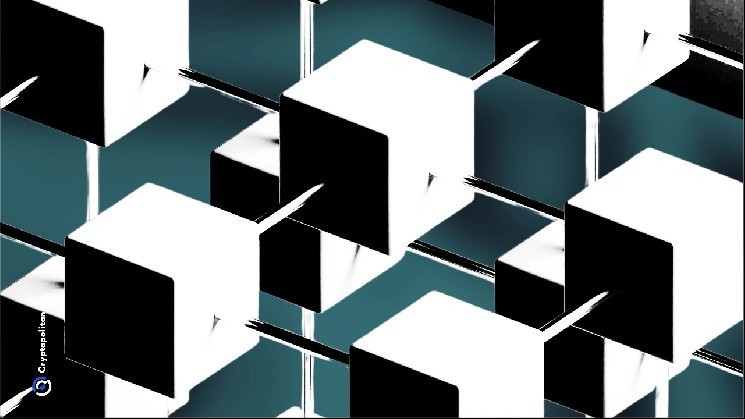This article is from: DeFi Cheetah
Compiled by | Odaily (Twitter: @OdailyChina)
Translator | Azuma (Twitter: @azuma_eth)

Berachain has officially launched its Proof of Liquidity (PoL) mechanism today. This article aims to provide a comprehensive analysis of PoL and its potential impact on the ecosystem, particularly the BERA price. We will start by examining the basic mechanism, emission schedule, and token economic model.
Berachain's PoL mechanism is designed to address the incentive misalignment in Proof of Stake (PoS) blockchains. In traditional PoS mechanisms, users need to lock up assets to receive staking rewards, which distorts the incentive structure - because DeFi projects built on these blockchains also require assets and liquidity, resulting in a situation that directly competes with the PoS mechanism. PoL successfully restructures the incentive mechanism by shifting the focus from asset locking to DeFi activities while improving the network's security and decentralization.
Basic Mechanism

Berachain has two core native assets: BERA and BGT:
BERA is the Gas token and staking token, primarily responsible for validator selection (specific mechanism to be explained later);
BGT is the governance token (non-transferable, but can be exchanged 1:1 for BERA), with its core function being to regulate economic incentive distribution and determine the size of reward pools for whitelisted DApps.
BGT can be exchanged (or burned) 1:1 for BERA, but BERA cannot be converted back to BGT.

Note: Whether validators can obtain block production rights depends entirely on the amount of BERA they have staked; the rewards validators receive when producing a block are positively correlated with their BGT holdings.
Unlike traditional PoS chains where validators directly receive newly minted rewards by validating transactions and delegators receive a portion of the total rewards based on their stake, on Berachain, validators earn BGT (received from the BlockRewardController contract via the Distributor smart contract - the only entity that can mint BGT), but must immediately allocate most of the BGT to reward pools of whitelisted DApps.
In these reward pools, protocols can bribe validators (e.g., "1 BGT = xxx certain token") to obtain BGT emissions. The more attractive the bribe, the more likely validators are to allocate their BGT to the DApp reward pool with the most significant incentives.
[Rest of the translation continues in the same manner, maintaining the specified translations and preserving the original structure]
For users, this means that during the initial period of PoL, there will be extremely high annualized returns.As protocols compete to attract liquidity, they will offer higher BGT rewards, creating excellent mining opportunities. If you want to maximize your returns, you should start preparing and calculating precisely to layout for the incentive wave brought by Berachain PoL.
Flywheel Effect
Berachain's positive cycle mechanism is as follows:
The more BGT users delegate; the more BGT incentives available to guide trading pair liquidity; the more liquidity the pool attracts; the lower the slippage due to increased liquidity, the greater the trading volume of the pool; transaction fees grow accordingly, thereby attracting more BGT emissions to be directed to the corresponding pools.
This mechanism can form a self-reinforcing closed loop:
Increased liquidity → Users obtain more returns;
More BGT delegation → Validator nodes receive more incentives;
Enhanced validator node incentives → Network security increases and grows in sync with DeFi.
PoL creates a "positive-sum economy". Unlike traditional staking, PoL can sustainably expand Berachain's economic activity while improving capital efficiency:
Users provide liquidity → Earn BGT → Delegate to validator nodes;
Validator nodes guide emissions → Incentivize DeFi protocol development;
Increased liquidity → Attract more users → Generate more returns → Continuous cycle...
Why is this important?
Because improved liquidity means better trading conditions, reduced slippage, expanded lending scale, and developers tend to build applications on blockchains with stable liquidity growth.Under this flywheel model, as more liquidity enters the ecosystem, it will attract more users, developers, and capital, thereby enhancing the network's long-term sustainability and security.
Berachain's Token Economic Magic
Regardless of how the team packages it, the core design of the token economic model ultimately boils down to one point - maximizing the reduction of selling pressure and smoothing the launch process.
This can be analyzed from two dimensions:
Inflation source: Only part of BGT will be exchanged for BERA (just "part" because it will receive incentive tokens from other protocols in the Bera ecosystem as subsidies).
Deflationary mechanism: Staking BERA can obtain block production qualification and increase block production probability;Delegating BGT to validator nodes can obtain more returns;The irreversibility of BGT exchange creates a certain deterrence (especially considering that BGT cannot be obtained from the secondary market);Higher transaction volume generates more transaction fees (thanks to the expected liquidity growth brought by PoL).
In traditional PoS staking scenarios, validators' selection and gains are determined by the amount of native tokens staked and the total staked tokens. Berachain has an ingenious design here: By separating Gas, staking, and other functions from governance and economic incentives, allocating the function of guiding economic incentives to a token with lower liquidity, thereby raising the threshold for obtaining economic incentives (i.e., people cannot directly purchase from the secondary market), to prevent massive token selling.
This is similar to Curve's veCRV governance model, but Berachain goes further - veCRV can be converted from CRV tradable in the secondary market, while BGT cannot be purchased in the secondary market nor converted from BERA. This creates a greater deterrence effect for BGT holders - if they convert and sell a large amount of BGT to BERA, they will face a high barrier when trying to obtain ecosystem project incentives later - they can only do so by providing liquidity to certain whitelisted reward pool trading pairs.
Additionally, the dual-token PoS model is worth mentioning: Validators must stake BERA, but this only means they are qualified to produce blocks, so they need to stake more BERA to increase the probability of producing the next block. Meanwhile, validators must earn more protocol incentive tokens for BGT delegators to attract more BGT delegation. This dynamic mechanism can create powerful deflationary forces to absorb the massive selling pressure from initial high BGT inflation. This is because validators need to stake more BERA to obtain a higher block production probability, and users need to hold and delegate BGT to obtain high returns.
The one fatal risk I can think of is that if BERA's intrinsic value exceeds BGT's returns, BGT holders might queue up to exchange and sell BERA. This risk depends on a game-theoretic dynamic where BGT holders need to determine whether holding BGT for returns is more profitable than directly exchanging and selling BERA. This depends on how prosperous the Bera DeFi ecosystem can become - the more competitive the incentive market, the higher the returns for BGT delegators.








